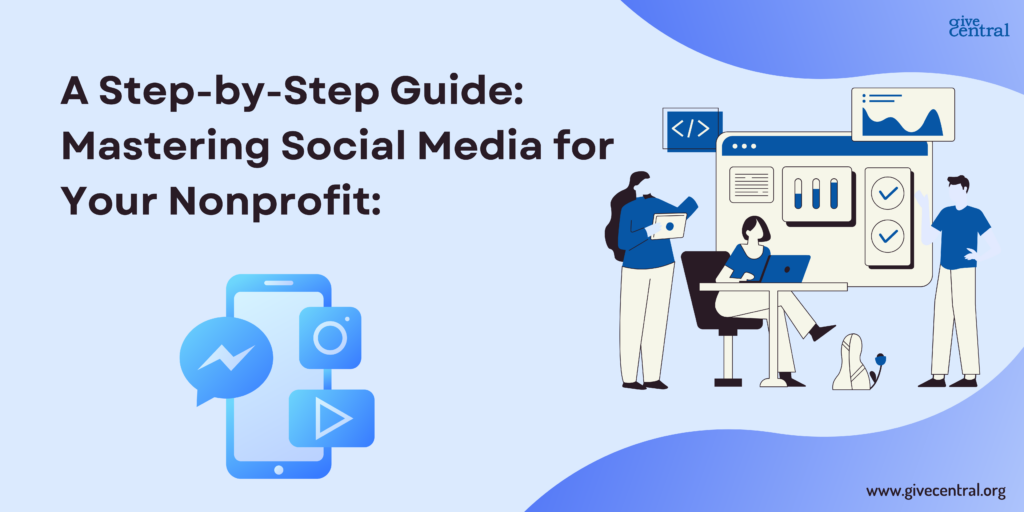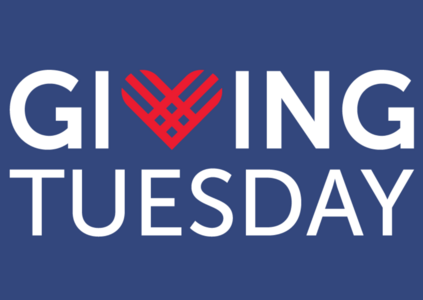
Revolutionize the entire fundraising game.
Social media is a powerful marketing tool, but leveraging it effectively requires strategy and effort. Creating content for social media can be overwhelming, especially with the constant demand for fresh, engaging material. We have created a comprehensive guide on how to use social media guide for nonprofits.
Let us look at the step-by-step Guide to Mastering Social Media:
1. Understanding the audience:
Knowing your audience is essential before you plan your social media content. Do you want to reach young activists? teachers?
Seniors, who are potential donors? Immigrants in need of services? Writing for your audience requires a lot of research and time.
Here are a few tips for creating a perfect content for the right audience:
- Understand the language and kinds of stories that are relatable to your audience. Take inspiration from different articles on social media. This will give an idea of what works and does not.
- Consider your target audience’s age, location, and interest, and customize your content accordingly.
- Storytelling is a very effective way to make your audience feel connected. Create a hypothetical audience member representing different segments. Talk about their challenges and problems and how the nonprofit was able to help them.
- Utilize surveys and polls to gather valuable insights about your content, and use this feedback to refine and enhance your content strategies. This approach allows you to understand your audience’s preferences and adjust strategies to meet their needs more effectively.
2. Set clear goals:
Before you plan content, set clear and achievable goals. Answer these questions before you begin.
- Are you looking to raise donations or are you looking to create awareness or are you searching for volunteers? Define such goals and create content based on your end goals
- Make sure your goals are realistic, achievable, and time-bound. For instance, set a goal to increase your social media followers by 15-20%. Unrealistic goals can be a demotivating factor.
3. Content Planning
A well-structured content is essential for maintaining consistency and relevance.
- Create a content calendar in advance. Plan your post, and campaign themes related to important dates, upcoming events, and occasions.
- Create a mix of content from various formats like images, videos, carousel posts, stories, etc. This helps to keep your audience engaged.
- Inform and educate your audiences about the latest news and research. For instance, inform them about the recent tax benefits on donations amounts, so that donors are well informed and can benefit from it.
- Storytelling is the best way to share impactful stories highlighting the real-life effects of your nonprofit’s work. Personal stories resonate more than statistics.
4. Crafting Engaging Posts
Once you have your content planned, it’s time to create posts that capture attention.
- Always start with powerful hooks: Start with strong statements or questions that draw readers in. For example, “What if you could change a life with just one click?” or “Do you want to make a remarkable difference in anyone’s life?
- Use a Conversational Tone: Write as if you are speaking directly to your audience. This makes your content more relatable and engaging.
- Include Calls to Action (CTAs): Encourage your audience to take specific actions, whether it is sharing your post, donating, or signing up for a newsletter. It has a psychological impact and motivates them to take immediate action.
5. Create a visually appealing content
- Use professional videos and photographs rather than stock videos or Google images. This makes your appeal look more authentic.
- Create a unique brand kit for your organization. Use simple fonts and colors so the audience can identify your organization easily when they see an ad or a post.
- Write your content using different formats like infographics, mindmaps, tables charts, etc. This makes your information more readable and impactful.
6. Engagement and Community Building:
- Social media is an excellent tool to build a community of like-minded people.
- Engage with your audience by responding to their comments and messages promptly. This fosters a sense of community.
- Invite your followers to share their stories. This motivates others to take similar actions and provides authenticity.
- Host live events like webinars, live Q&A sessions, and interviews of the people who have benefited from your services, to connect with your audience in real-time. This can enhance trust and transparency.
7. Review and Analytics:
- Regularly reviewing your social media performance is essential for ongoing success.
- Use analytics tools to monitor engagement rates, follower growth, and post reach. This data will inform your strategy.
- If certain types of content perform better than others, adjust your content strategy accordingly. Be flexible and willing to change your approach.
- Try using different post styles like static or carousel, and CTAs to see what resonates best with your audience. Make adjustments as per your goals and audience.
8. Update your knowledge:
- The Social media algorithm changes rapidly.
- Make sure you are updated with the latest trends and features of your social media platforms. Take time to upgrade your skills regularly.
- Follow successful nonprofits and social media experts for inspiration and best practices.
With technological advancements and the growing popularity of social media platforms, there are many opportunities to explore and leverage. In fact, according to the statistics by Nonprofit Tech for Good,
- A staggering 71% of Nonprofits from all across the globe, agree that social media marketing is an effective and efficient way for online fundraising.
- It has been observed that Social media platforms drive 57% of traffic to fundraising campaigns.
Social media is vital for nonprofits to engage with their audience and make a meaningful impact. To maximize the effect start with clear goals and analyze your target audience. Plan your content strategy to align with the demographics of your audience, considering factors such as age, location, and interests.
Social media is perfect for showcasing your creativity. Create visually appealing posts to capture your audience’s attention.
By following this checklist, GiveCentral has created meaningful connections with our audience, raised awareness for our cause, and ultimately drove positive change. Remember, consistency is key, and every post is an opportunity to make an impact. Start small, stay consistent in your efforts, and watch your non-profit organization touch lives and make a difference.
Let us join forces and revolutionize the entire fundraising game. Get in touch with our team of social media experts and help customize an impactful social media guide for your nonprofit.
Click here for more information.
donor management software fundraising Fundraising for Nonprofits GiveCentral Mobile Giving nonprofit fundraising Social Media Text to Give
Last modified: November 29, 2024

















